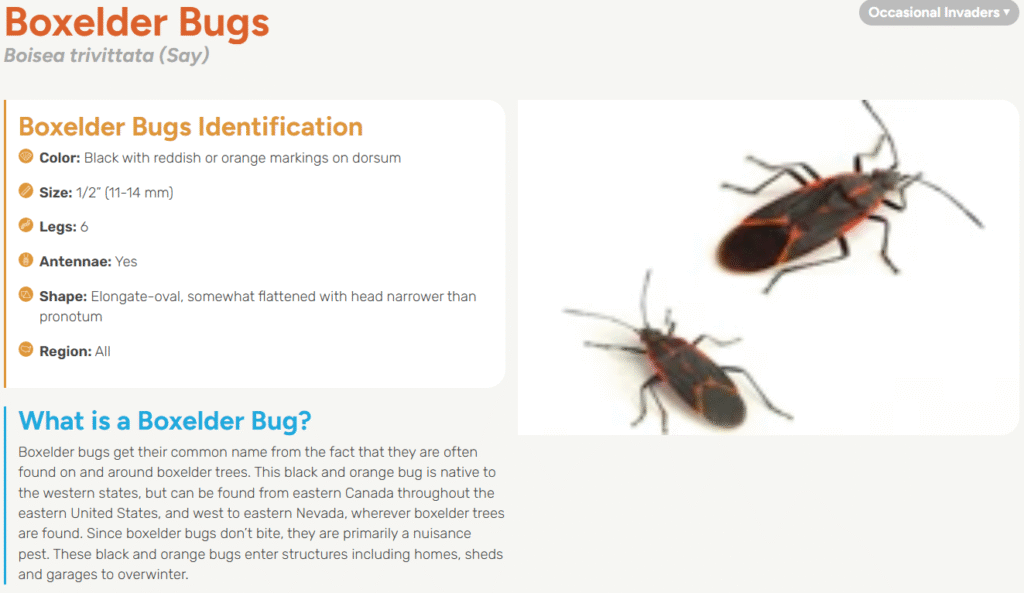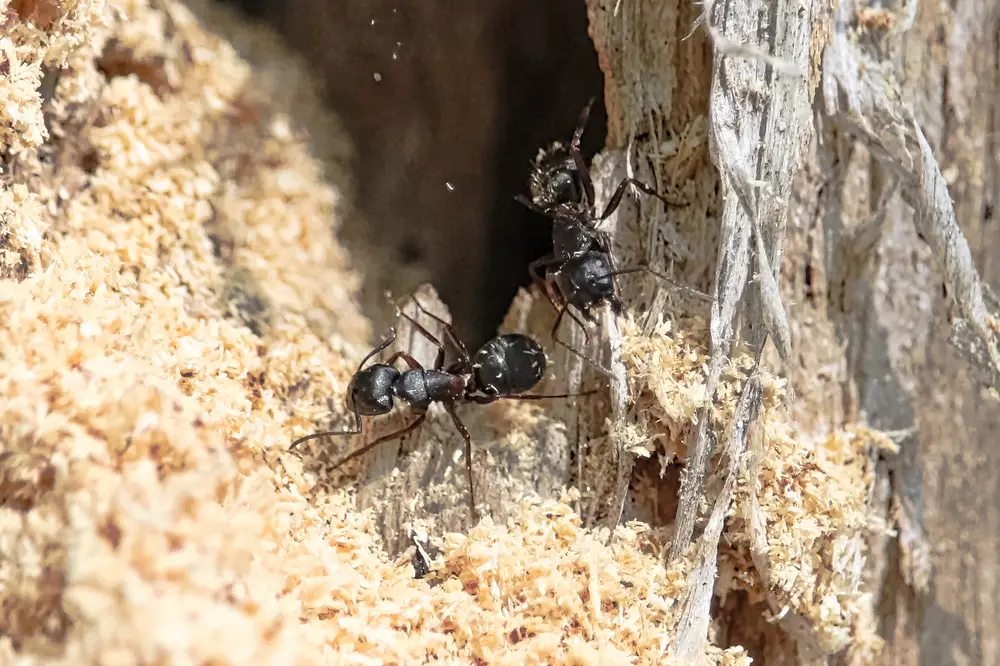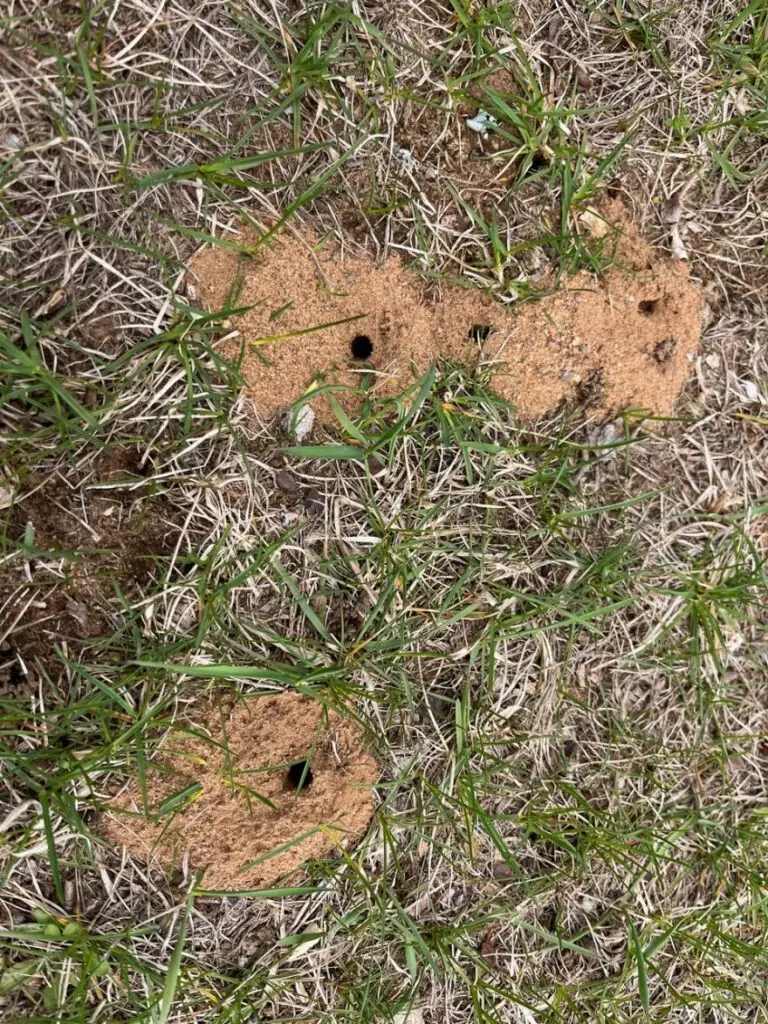Carpenter Bees: Behavior, Nesting, and Control
Carpenter bees become active in spring. Their large size and loud buzzing can seem intimidating. Males, however, cannot sting. Unlike honeybees, carpenter bees do not live in colonies. They are solitary and usually seen in pairs, though multiple pairs may nest in the same area.
Common Carpenter Bee Species
The U.S. has at least seven large carpenter bee species. The Eastern carpenter bee is the most widespread, found as far west as Kansas and Texas.
Carpenter bees resemble bumblebees in size (1 inch or 25 mm long) but have key differences. Unlike bumblebees, carpenter bees have shiny, hairless abdomens. Western species are smaller and often metallic or dark in color. Depending on the species and location, these bees emerge between February and May. They mate and begin nesting, with peak activity occurring from April to May.
Where Carpenter Bees Nest
Carpenter bees tunnel into wood to create nests. They prefer weathered, unpainted wood and often nest in:
- Cedar or redwood decks
- Wooden outdoor furniture
- Unpainted soffits, fascia boards, and trim
- Siding or structural wood
Nest entrances are round holes, about the size of a dime. Coarse sawdust and yellow-brown droppings often appear beneath the entry hole. While damage is mostly cosmetic, repeated nesting can weaken wood over time.
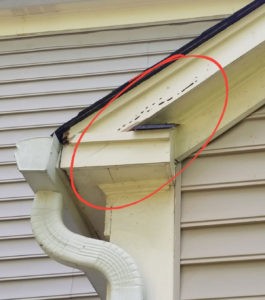
Nesting and Lifecycle
The female carpenter bee builds the nest. She chews out a tunnel several inches long, creating 6-8 cells for her eggs. The tunnel makes a sharp right turn and follows the wood grain. She places a pollen ball in each cell for the larvae to feed on before sealing it. Some females reuse old nests.
Meanwhile, the male bee aggressively patrols the nest site. He buzzes loudly and dives at potential threats but has no stinger. The female can sting but is not aggressive unless provoked.
Carpenter bee larvae develop for several weeks before pupating. New adults chew their way out of the nest in late summer. These fall-emerging bees feed on pollen and often overwinter in their birth galleries, emerging to mate in spring. Warmer regions may see multiple generations per year.
Woodpeckers: A Secondary Pest
Homeowners often discover carpenter bee nests after woodpeckers attack their woodwork. Woodpeckers detect the bee larvae inside the tunnels and peck aggressively to reach them. Even after treatment, birds may continue damaging the wood. Since woodpeckers are protected, non-lethal deterrents like netting may be necessary.
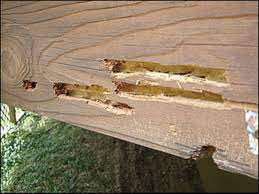
How to Prevent Carpenter Bee Damage
Non-Chemical Prevention
- Paint exposed wood – Painted surfaces deter nesting better than stains or wood preservatives.
- Use alternative materials – Replace wood trim with PVC or composite materials to prevent nesting.
Chemical Treatments
- Prevent nesting – Apply repellent pyrethroid sprays to old nest sites in early spring.
- Treat active nests – Spray or dust existing tunnels to kill bees.
- Plug nest holes – Seal treated holes after 24-48 hours to prevent reuse.
Carpenter bees are valuable pollinators, so control should only be done when necessary. If structural damage or woodpecker activity becomes a problem, professional pest control may be needed.

